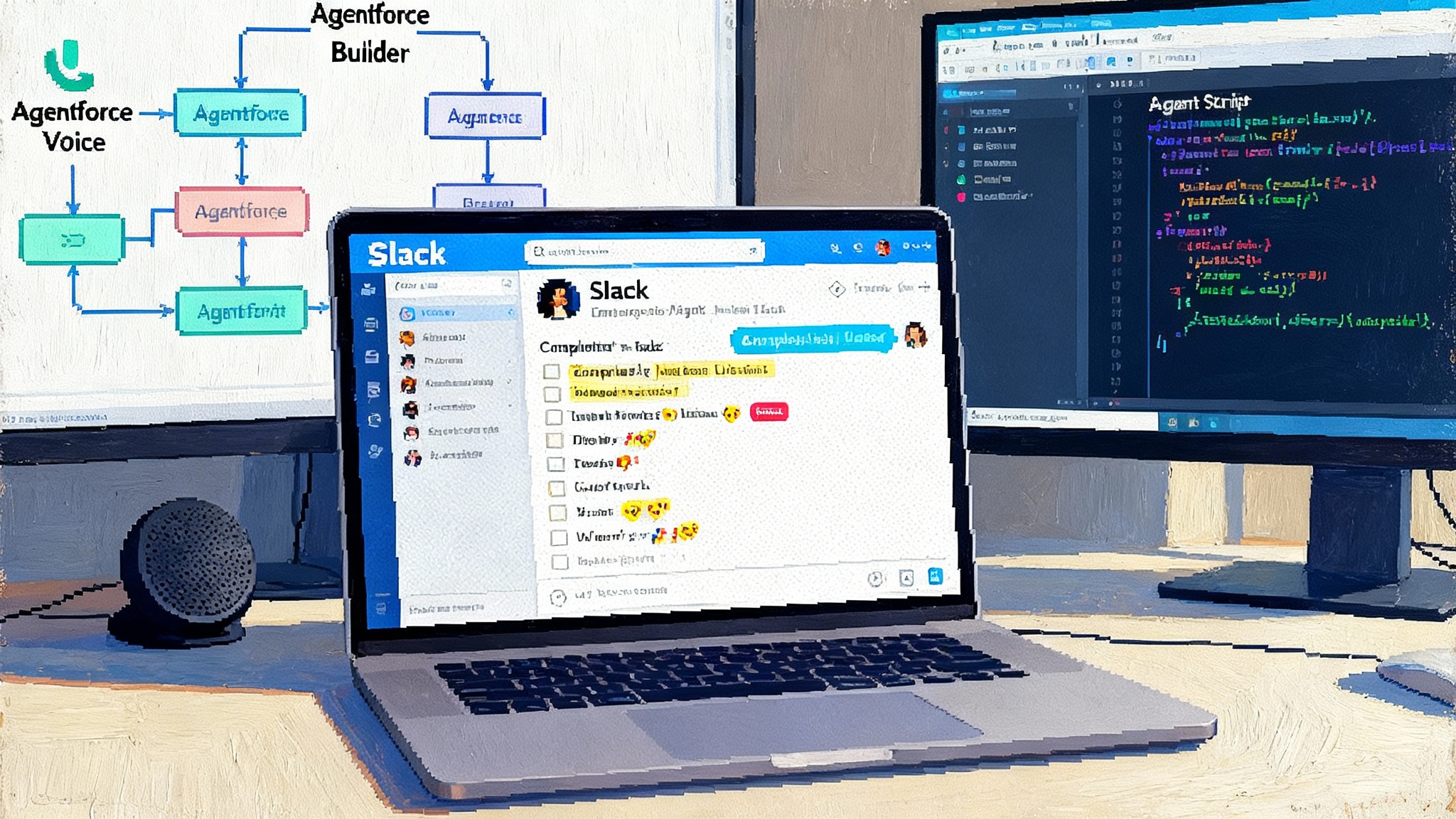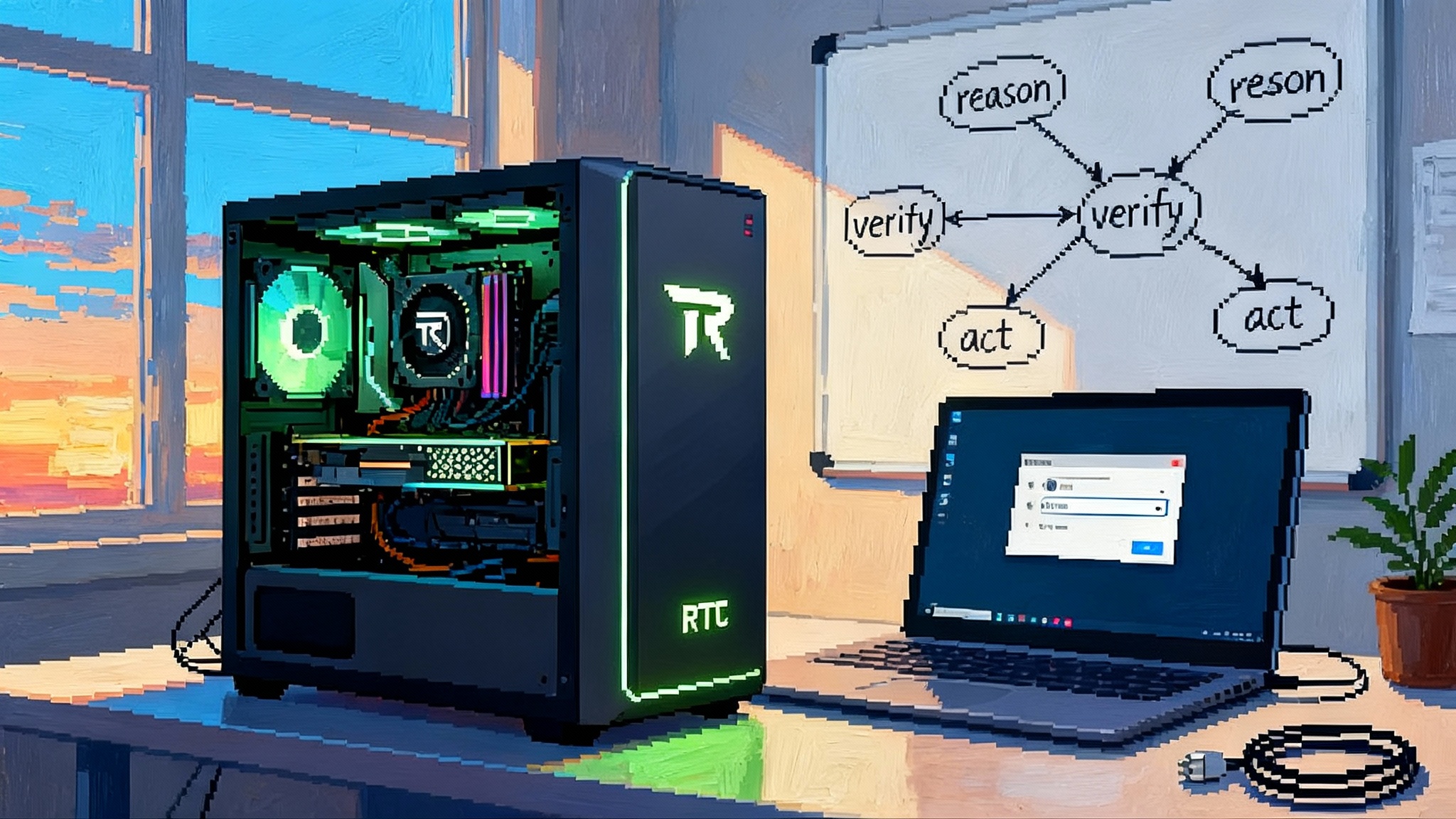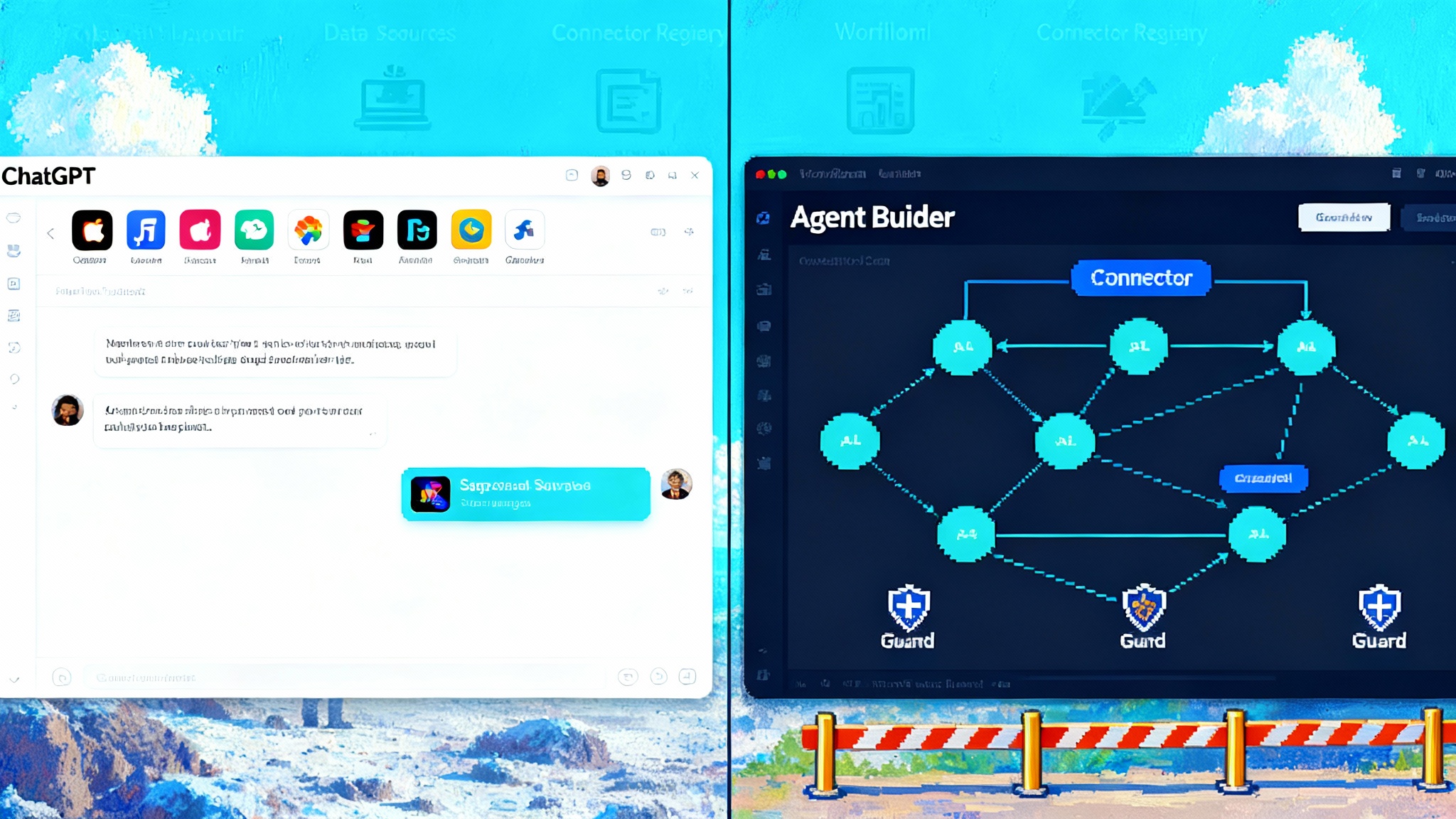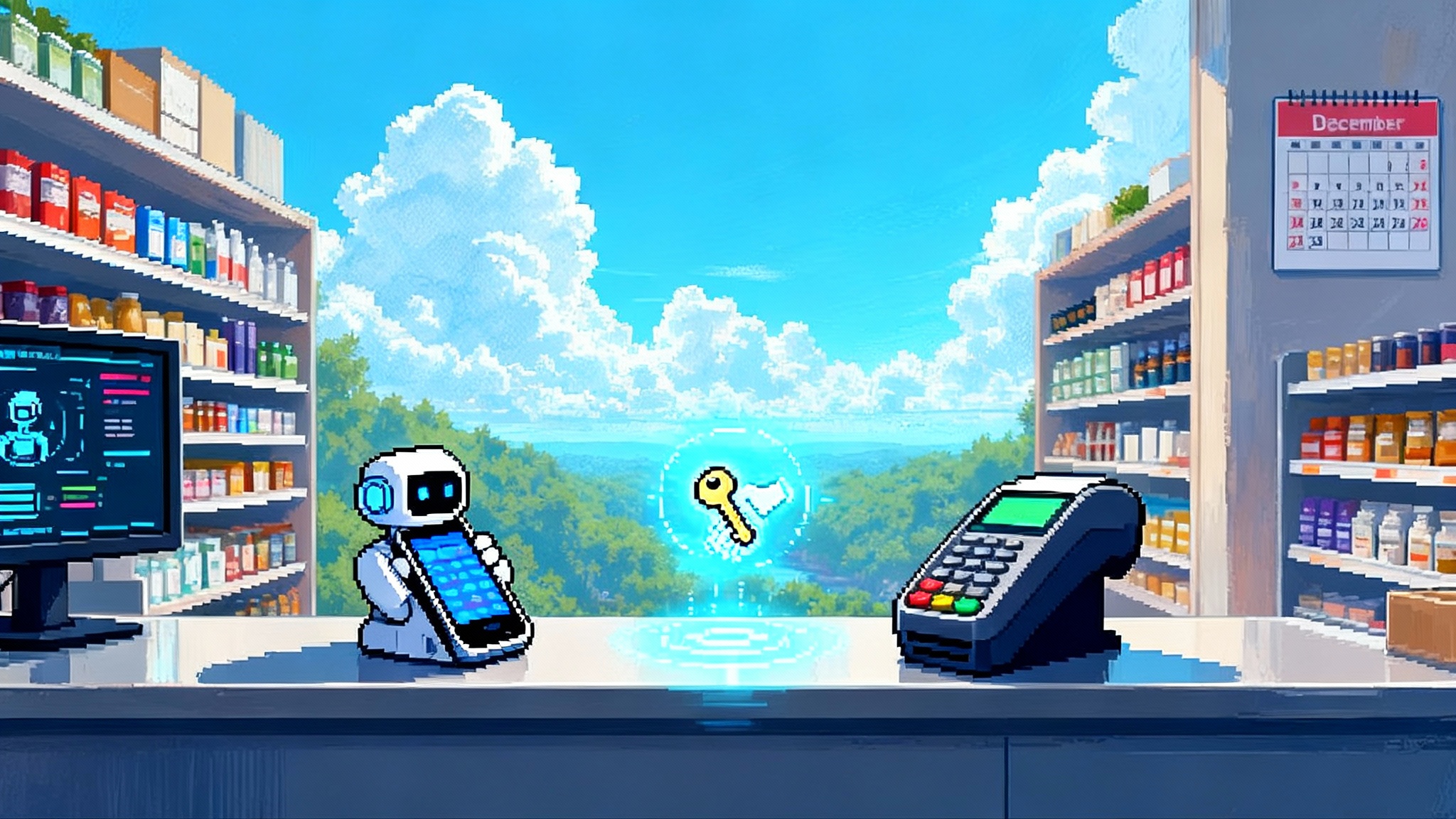Claude Skills Turn Agents Into Governed Building Blocks
Anthropic’s Claude Skills package instructions, scripts, and resources into reusable, policy-gated modules. They move agents from ad hoc prompts to shareable capabilities that teams can govern, version, and audit.

Breaking: Anthropic’s big swing at practical enterprise agents
Anthropic just put a name and an architecture to a problem every enterprise has felt in the past year: prompts do not scale. With the launch of Claude Skills, Anthropic is turning one-off instructions into reusable, governed capabilities that work across Claude.ai, Claude Code, the API, and the Agent SDK. The company announced Agent Skills on October 16, 2025, and the pitch is direct. Instead of copy-pasting prompts and hoping for consistency, teams package the way work gets done into a Skill that Claude can load only when relevant.
This matters because all the ambition around agents has run into two blockers. First, operational drift. Prompts change, people tweak, and outputs vary week to week. Second, governance. Security, legal, and brand teams need to know what an agent is allowed to do, under what policy, and who approved it. Skills make both tractable by shifting from conversational instructions to shareable, versioned modules.
From prompts to capabilities
A Skill is a folder. Inside are clear instructions, optional scripts, and useful resources like templates or reference docs. Think of it like the onboarding packet for a new teammate who must perform a specific task the same way every time. When a user asks Claude to do something, the system scans available Skills, loads the minimal needed details, and proceeds. No more cramming everything into a single prompt. No more guessing whether everyone is using the same wording. The Skill carries the practice, not the memory of whichever teammate wrote a prompt last quarter.
Anthropic’s rollout includes prebuilt Skills for common document work like Excel spreadsheets with formulas, PowerPoint decks, Word documents, and fillable PDFs. The same concept extends to custom Skills that reflect your workflows: how you validate a price list, how your brand team approves landing page copy, or how finance reconciles a monthly close.
What changes under the hood
Under the covers, Skills exploit a simple but powerful mechanism. Each Skill has three layers of content that Claude loads progressively:
- Lightweight metadata so the agent knows the Skill exists and when to consider it
- Instructions that load on trigger, similar to a concise runbook
- Resources and code that load or execute only if referenced
This staged loading is useful for two reasons. First, it keeps context lean. You can install dozens of Skills without ballooning token usage because the heavy parts never enter the context unless needed. Second, it supports determinism. If a Skill bundles a script to check a spreadsheet for out-of-range values, Claude can run that script and capture the result instead of improvising code every time. That improves reliability and reduces the chance of small errors accumulating in production.
A mental model you can share with any business leader
Picture a neat bank of labeled drawers in a workshop. Each drawer holds a specific tool plus a short note on when to use it. Claude scans the labels. If the task is “build a cost model,” it opens the drawer for the Excel Skill that your finance team approved, follows the playbook inside, and, if necessary, runs a sealed calculator script to fill in ratios. The workshop stays tidy because Claude never empties every drawer onto the bench. It picks what is needed, when it is needed.
Concrete use cases that benefit right now
- Spreadsheets that match policy: A finance Skill can include a template ledger, a linting script that flags negative balances in restricted accounts, and a checklist for monthly close. When someone asks for a reconciliation, Claude follows your steps every time.
- Brand-safe marketing content: A brand Skill can encode voice and tone rules, banned phrases, and regional disclosures. Claude applies those guardrails to drafts and attaches a structured rationale describing which clauses were applied.
- Workflow hand-offs: A support Skill can define triage categories, escalation rules, and a short script to redact sensitive fields before ticket export. Outputs become predictable and auditable.
- Document assembly: A procurement Skill can build a vendor onboarding packet with the right exhibits and clauses, then run a validation script that checks for missing signature blocks or outdated terms.
Early customer signals echo this split of value. Box describes Skills that transform content into organization-standard documents. Notion highlights faster movement from questions to action with less prompt wrangling. Canva and Rakuten emphasize tailored workflows and time savings in spreadsheet-heavy processes. The theme is consistent: standardize the work, not just the words.
Governance is the main event
Skills are not just portable prompts. They are governance objects. Anthropic’s announcement and documentation emphasize several controls that matter to enterprise buyers:
- Selective loading: Claude only reads a Skill when its description matches the task. This limits unnecessary exposure of instructions or reference materials.
- Versioning: Skills can be created and upgraded with clear versions, making change management explicit. You can roll forward or revert with confidence.
- Policy gating: Admins decide who may install or run Skills, and which environments allow code execution. A Skill becomes an allow-listed capability, not a free-form prompt hack.
- Auditability: Because a Skill’s contents are stable and versioned, you can review what the agent knew and which scripts ran when a decision is questioned.
For regulated teams, this is the difference between a clever demo and a system you can defend to an auditor.
Where Skills run and how they integrate
Anthropic says Skills work across all Claude surfaces. In plain terms, that means a Skill your team uses in Claude.ai can be the same one you call through the API or invoke from the Agent SDK. Developers can manage custom Skills with a dedicated endpoint, and prebuilt document Skills are already active in the apps. For teams that want technical depth, the overview of Agent Skills architecture in the official docs is worth a read. It explains progressive loading, the code execution environment, and sharing scope across Claude products in one place. See the company’s Agent Skills overview and architecture for details.
Two practical callouts for builders:
- Skills that include scripts rely on a contained execution environment. That gives you a path to repeatable operations without inflating context, but it also means your security team must decide what is allowed to run and where.
- Sharing scope differs by surface. Custom Skills uploaded to the chat app may be per-user, while API-managed Skills can be shared across an organization. Plan your rollout accordingly.
Why this is a shift, not a tweak
Enterprises have tried to stabilize agents by piling on prompt templates, retrieval layers, and longer context windows. Those help, but they still treat every task as a new improvisation. Skills change the unit of work. The atomic unit is no longer the prompt. It is the capability. That unlocks three shifts:
-
Real task ownership without a platform rebuild. Teams can harden a few high-value tasks into Skills and keep the rest of their stack. No need to rewrite your workflow engine just to get consistent spreadsheets or policy-compliant drafts.
-
Procurement-ready agent building blocks. A Skill can be evaluated like any software asset. What does it do, what code does it run, which policies does it encode, and how is it versioned. That unlocks vendor reviews and security approvals that were hard to do for mutable prompts.
-
Faster iteration with fewer regressions. Because Skills are small, composable, and testable in isolation, you can upgrade one without breaking others. Think microservices, but for agent behaviors.
How to adopt Skills in a measured, high-value way
- Identify three repetitive tasks where inconsistency hurts. Common targets include monthly reporting, product copy updates, support triage, or compliance checklists.
- Draft each Skill as if onboarding a new teammate. Write the SKILL.md instructions, bundle reference schemas or templates, and, if needed, include one or two deterministic scripts for validation.
- Add policy hooks. Specify who can invoke the Skill, in which environment, with what data. Require approvals for versions that introduce or modify executable code.
- Test with real files and edge cases. Use hidden indicators in sample data that confirm scripts are running and instructions are being followed. Measure latency, accuracy, and rework rates before and after.
- Roll out with a change log and owner. Assign maintenance to the team that owns the underlying business process, not the team that wrote the first version.
Security, risk, and the right safety posture
Skills introduce code paths that did not exist in pure prompt setups. Treat them like software. That means:
- Source hygiene: Prefer Skills authored in-house or by trusted vendors. Audit any third-party Skill as you would a library in your production stack.
- Least privilege: Constrain what a Skill can reach. If a script only needs to lint a spreadsheet, it should not read arbitrary network resources.
- Static checks and reviews: Apply the same linting, dependency scanning, and approval workflows you use for application code. Require signatures for released versions.
- Observability: Log Skill invocations, versions, and script results. Build alerts for unexpected behavior, like repeated retries or unusual file access patterns.
- Data boundaries: Keep sensitive reference materials local to the Skill when possible, and scrub outputs before they move to other systems.
The advantage of the Skills model is that these controls attach to a bounded capability. You do not need to police open-ended prompts. You review a specific Skill and either bless it or reject it.
What this portends next
If Skills are the right abstraction, several second-order effects follow:
- Organization-wide catalogs: Expect admins to curate a library of approved Skills with tags for purpose, owner, and data classification. Requests for new agent behaviors will route through catalog additions, not ad hoc prompts.
- Procurement and compliance hooks: Skills map cleanly onto vendor processes, including risk questionnaires, accessibility checks, and export controls. They are small enough to review, large enough to matter.
- Cross-surface portability: When the same Skill works in Claude.ai, Claude Code, and the API, you reduce drift between development and production. You can test in the chat app and promote the exact Skill artifact to the API.
- Cross-vendor marketplaces: A Skill is a natural unit for external marketplaces. Think sector-specific collections like “healthcare intake redaction” or “financial statement variance analysis,” each vetted and versioned. The best outcome is a competitive ecosystem where enterprises can buy capabilities and still retain control, logging, and auditability.
A warning here is also an opportunity. Marketplaces work only if the format is transparent and the boundaries are strict. If a Skill can quietly fetch external code or data, governance gets murky. The flip side is that clear packaging, signatures, and sandboxing will make Skills simple to trade without sacrificing security posture.
How this compares with other industry moves
The broader industry has been racing toward agents that can own tasks end to end. Many vendors have showcased tool-use, connectors, and planning loops. For context, see our take on OpenAI’s agent platform moment and how Gemini 2.5 rewrites agents. Skills feel narrower and more grounded. They focus on repeatable capabilities that enterprises can actually approve. Instead of promising a general-purpose agent that can do anything, they help you ship an agent that can do the few things you care about with reliability and oversight. That is a better trade for most companies today.
A 30-60-90 day plan to capture value
- Day 0 to 30: Pick two document workflows and one operational checklist. Turn each into a Skill. Include one validation script where correctness matters, like formula checks in a margin analysis model.
- Day 31 to 60: Build a simple catalog. Track owner, version, approval status, and where the Skill is installed. Add run metrics so you can see adoption and error rates.
- Day 61 to 90: Expand to one cross-functional process. Example: a quarterly product launch package that touches marketing, legal, and sales. Break it into Skills for copy review, asset generation, and sales enablement. Add a release gate that requires sign-off from each function before the package ships.
What to watch as the platform matures
- Central admin features that make org-wide distribution and updates easier
- Stronger policy models that bind data access to specific Skills and contexts
- Standard manifests that allow Skills to run across vendors without rewrites, aligning with the USB-C standard for agents
- Transparent logs and attestation of which Skill versions ran during a task
- Backward compatibility guarantees so Skill libraries survive model upgrades
The bottom line
Claude Skills turn agents from conversational experiments into governed building blocks. The abstraction is small enough for teams to author and review, and powerful enough to encode real work. Package the way your organization performs its highest-value tasks, assign ownership, and let the agent load capabilities only when the job calls for them. If your goal is production-grade agents that leaders can trust, Skills are the shortest path from pilot to practice.








